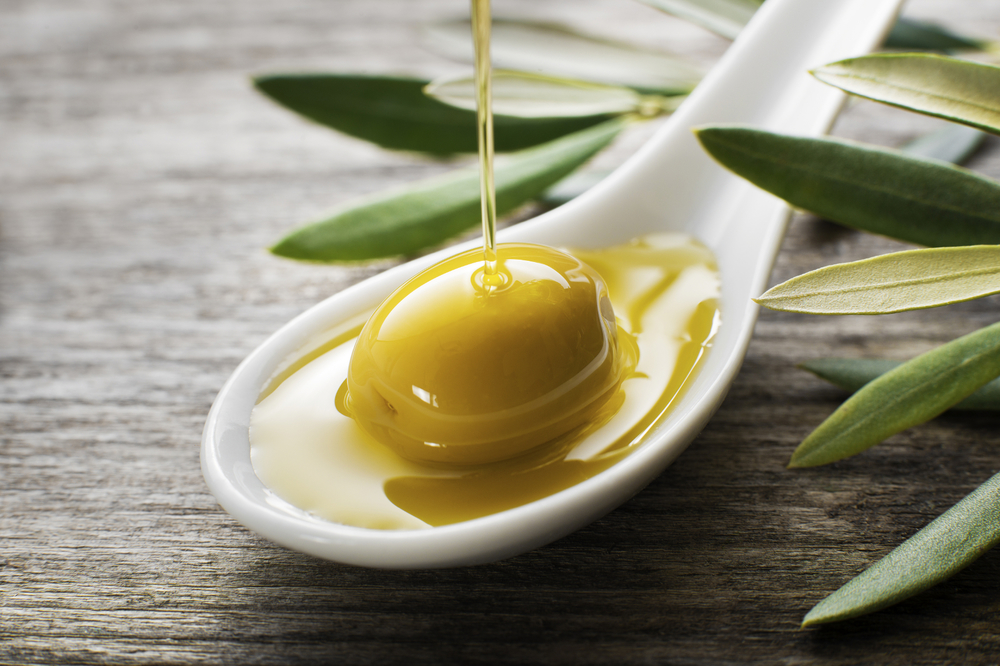The Definitive Olive Oil Chemistry Guide

We are often asked what makes our olive oils so special.
Well, there is a uniqueness to the chemical makeup behind each and every olive oil. Much of this begins with the qualities that are measured in the olive oils we use for everyday cooking.
We are fascinated by this chemistry, and invite you to learn more about the chemical properties that encompass such delicious and savory olive oils.
Oleic Acid
Oleic Acid is a monounsaturated omega-9 fatty acid found in olive oil. Olive oil is generally higher in oleic acid than other vegetable fats. The range found in extra virgin olive oil is between 55-85%. Extra virgin olive oil high in oleic acid has greater resistance to oxidation and degradation, so it stays fresher longer. The higher the oleic acid content, the higher the nutritional value and the longer the shelf life of the olive oil.
FFA
The limit for free fatty acid in extra virgin olive oil is 0.8% (0.8g per 100g). Our standard for high quality olive oil is an FFA score below 0.4%. A low FFA is desirable. Free fatty acid speaks to the condition of the fruit at the time of crush. The higher the FFA, the greater the indication of poor quality fruit such as damaged, bruised, overripe, insect infestation, overheating during production or too much of a delay between harvest and crush.
Peroxide Value
The maximum peroxide value for extra virgin olive oil is 20. High quality extra virgin olive oil should have a peroxide value below 12. A very low peroxide value is desirable. The peroxide level starting point of an oil when it is first pressed is determined by the extraction process and storage conditions of the oil. Unsaturated free fatty acids react with oxygen and form peroxides, which generate volatile substances responsible for a typical musty/rancid bad oil smell. So an elevated level of peroxide indicates an oil has been damaged by free radicals and is beginning to go rancid. These reactions are accelerated by high temperature, light, and oxygen exposure.
Polyphenol Count
Polyphenols are a class of strong antioxidants, and are responsible for many of the health benefits associated with fresh, high quality, extra virgin olive oil. Polyphenols determine the level of bitterness, pungency and other desirable flavor characteristics of the oil, and also establishes the “style” and intensity of the oil (whether it is mild, medium or robust). They also help to protect the quality and healthfulness of the oil during storage, and cooking as they sacrifice themselves to protect the other nutritional components of the oil from free radicals and breakdown. Phenols in olive oil decrease over time or when exposed to heat, oxygen and light. Consuming fresh, well made olive oil with high polyphenol content is crucial when looking to obtain the maximum health benefits from extra virgin olive oil.
DAG Test/Score
DAG score is a "picture"of the quality of an olive oil at any given time from olive growth, to processing and storage. It measures the proportion of two forms of diacylglycerol: 1,2 and 1,3. It is a good indicator of the quality of the olive fruit and the processing. It is also an indicator of the age of an oil, and what conditions the oil is exposed to during storage since the migration from 1,2 to 1,3 DAGs takes place naturally as the oil ages. Warmer storage temperatures, and higher free fatty acid levels will both accelerate this process, but DAGs are not affected by the short exposure to high heat that is characteristic of deodorizing (refining).
PPP Test/Score
PPP Test/Score Measures the degradation of chlorophyll in olive oil, which makes it possible to gain information about the age of an olive oil. The rate at which the degradation occurs can be accelerated by even short periods of high temperatures – such as that which is utilized during the deodorizing or soft column refining process – making it a useful indicator of the presence of deodorized olive oil as well as the age of the oil.


Is there a methode to eliminate olie oil peroxide?
Leave a comment